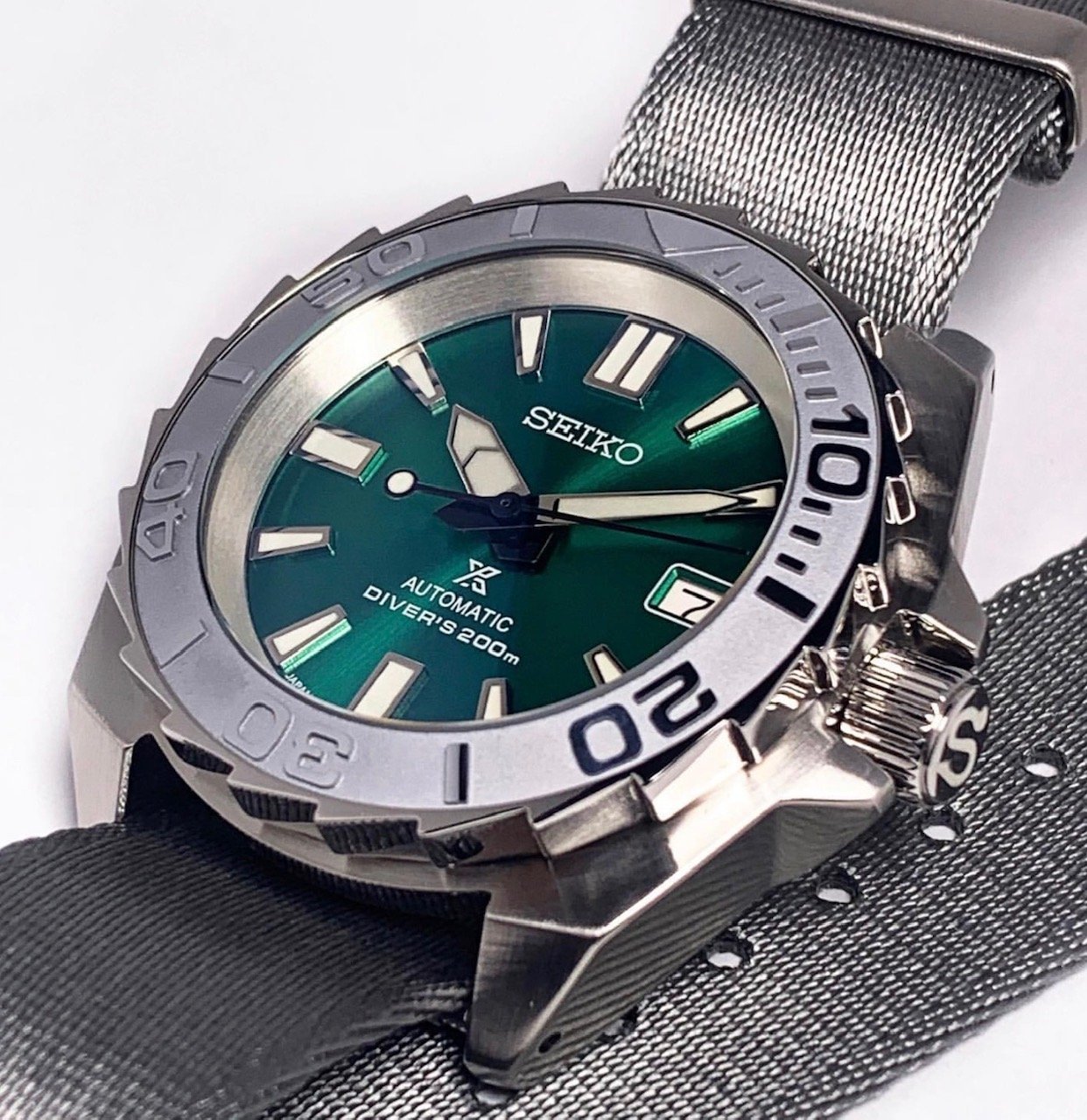Free & Fast USA Shipping Learn More
Why Diver’s Bezels Utilize Rotating Bezels

Watches come in all different forms and serve different purposes. Some of the most popular professions have corresponding watch models made for them. Timepieces such as the diver’s watch for deep-sea divers, time-zone models for pilots, and chronographs for racecar drivers are to name a few. The watch evolved so hastily that it was an invaluable piece of equipment in the hands of specialists.
A common feature that spans across almost all kinds of diver’s watches is rotating bezels. While this may feel like simply a cool feature that you can play with when bored, this has a function that can save lives underwater. While rotating bezels also exist on pilots watches to allow them to be aware of the times as they cross time-zones, this article will showcase the origins of the rotating bezel on the diver’s watch:
What does a rotating bezel on a diver’s watch do?
This specific part of the timepiece is a vital component of a diver’s watch, as it allows divers to see how many minutes they have left in their oxygen tank as they dive deeper into the ocean. The bezel is an outer disc that surrounds the face of the watch that is divided into 60 divisional lines that correspond to 60 minutes. Oxygen normally lasts for an hour in a traditional SCUBA tank, so the rotation feature of the bezels allows users to adjust the watch to their dive times. This is an important piece of equipment as in the depths of the ocean, nobody would want to run out of oxygen and be unaware of it.
How divers utilize the bezels for their dives
Prior to plunging into the waters, the main arrow at the top of the bezel is placed at the 12 o’clock position. The graduations on the bezel will show values from 0 to 60 or the other way around, and provide the diver with a point of reference on minutes that have elapsed during their dive. The remaining time left from the 60 minutes is then estimated to give the diver sufficient time to ascend back to the surface with enough oxygen.
If you are unaware of the technicalities of diving, the important thing to note is that you have to leave a good amount of time to ascend, because ascension from deep depths is not quick. A diver’s body tissues absorb nitrogen as they spend more time underwater, which needs to be decompressed through slowly ascending to specific depths. Ascending too fast will rupture the eardrums and tissues of divers, which usually is extremely fatal. Allotting oxygen allowance is important to ensure a safe return to the surface. Having an hour underwater in your tank does not necessarily mean an hour.
A brief history of the rotating bezel
This watch feature first appeared in the 1950s, where waterproof watches were making a rise and divers needed a means of tracking their time underwater. The bezel was initially formulated by Rolex in the 1930s, but it was only until 1953 when different watchmakers fully developed the bezel technology. Blancpain was the first to introduce the unidirectional bezel, which was the solution to the problem of free directional bezels being knocked in different directions underwater. Certain models in the 1960s were moved inside the crystal to avoid them being moved accidentally. These were controlled by a second crown that allowed the rotation of the internal “bezel.”
Conclusion
Diver’s watches are amazing pieces of horological engineering. Timepieces have evolved significantly throughout the last century, with so many different features popping up. Although the existence of digital watches to tell statistics better and easier, many divers still prefer the reliability of analog watches to get them through the depths. We boast an amazing selection of Seiko mod parts in the US, including bezels for dive watches. Make your next watch move with us for a unique model tailored to your tastes!
